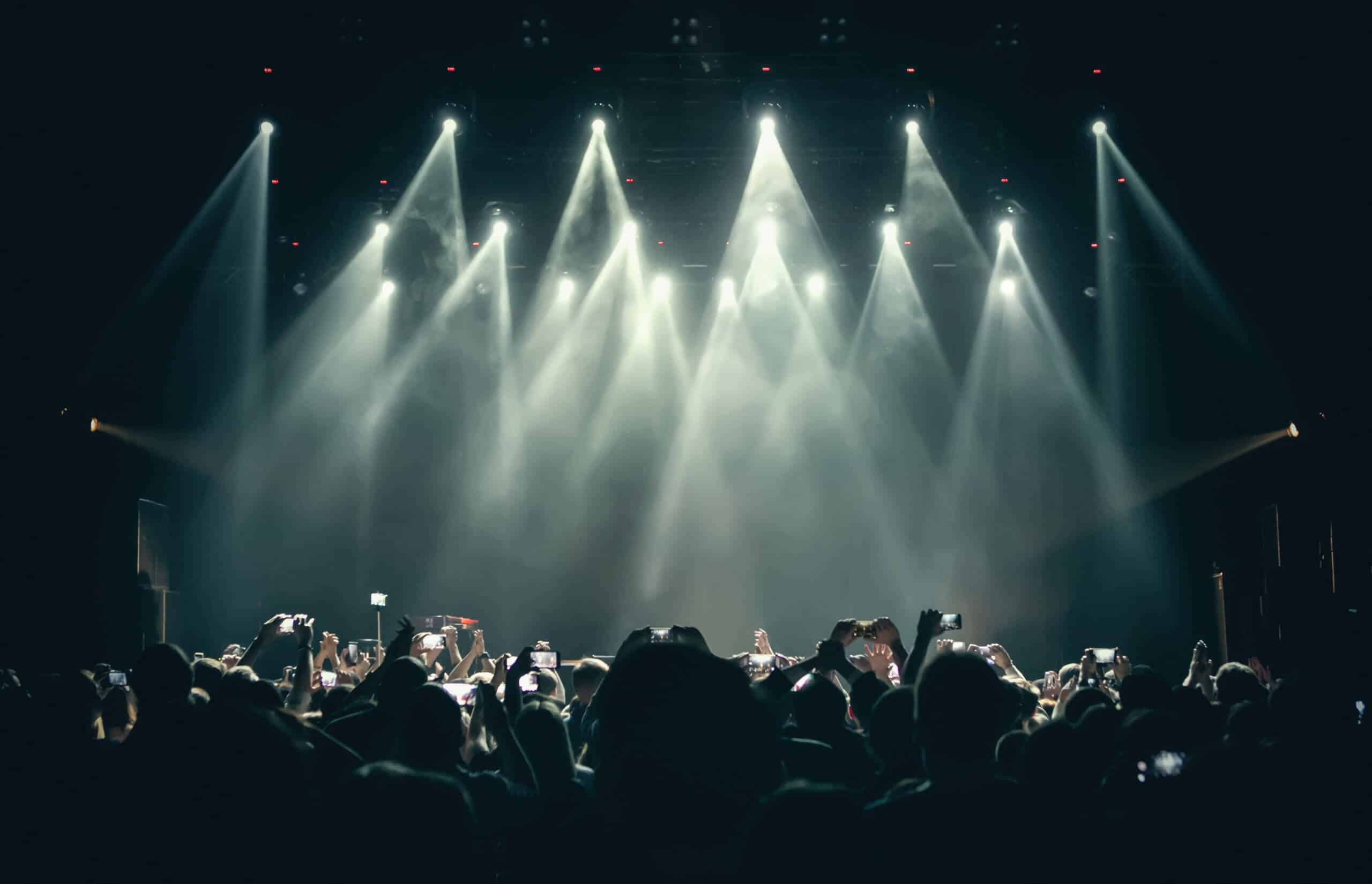An artist must understand the world of copyrighting and music royalties! Here, we shine the light on everything you need to know.
Have you ever wondered the factorial workings of how artists generate a solid income? As music listeners, it is easy to not imagine how much work goes into creating songs, albums and stabilising a musical presence for the artists we all enjoy.
Is there a lack of transparency when it comes to the efforts made in the music industry with its music audiences?
With the growing music-creating population, music has become a large pool of individuals who seek prominent careers in the creative fields that they love.
As an artist, it can truly be difficult to understand the various financial earnings one can make in the music industry.
Therefore, music royalties and copyright efforts can be very tricky to comprehend.
Artists that enter the industry without important education of copyrighting and royalties, can be prone to damaging interactions and lack of profit endeavours.
Music Copyrighting
According to Iconcollective.edu, music royalties are created for various types of use and licensing.
The ever-growing music industry heavily relies on royalties as the strongest source of income for artists and music professionals.
Music professionals such as songwriters, publishers, digital music distributors, record labels, performing artists, and mechanical rights agencies receive and administer music royalties.
Music copyrights consist of two rights: Master Rights and Publishing Rights. Master Rights are obtained by the owner (artist) of the sound recording. This is a song or project that is used for distribution.
Publishing rights refer to the actual music composition. For example, the lyrics, chords, melodies, and rhythms. Exclusive rights of copyrighting include the act of reproducing and making copies of original copies and the act of performing and playing copyrighted material publicly.
Through contractual agreements between the distributor and the creator, there are four main royalty types: Mechanical, Synchronisation, Print Music, and Public Performance. Each sector has distinct copyrights.
Mechanical Royalties
Mechanical royalties create financial gain through physical or digital distribution and reproduction of copyrighted work.
Many independent artists receive these royalties as they collect funds from digital music distribution services such as TuneCore.
Public Performance Royalties
Public Performance royalties surround radio, restaurants, television, live concerts, and music streaming services.
The funds are collected through copyrighted works performed in these various performance avenues.
Organisations such as SESAC and ASCAP negotiate various licenses for public performances.
For an artist, the collection of public performance royalties are done by registering with a Performance Rights Organization.
It’s important to understand that the so no writer and publisher of the song or body of work is split evenly between the two parties, therefore the artist must register both the publisher and writer to receive the entire percentage of the performance royalties.
Print Music Royalties
Print music royalties are not a fairly common form of payment for copyright holders. These royalties surround transcribed printed pieces such as sheet music.
The copyright holder additionally pays funds based on the copy made of the printed musical material.
Synchronisation Royalties
Synchronisation royalties surround the music material and its syncing to visual production.
Sync licenses give the right to use songs in films, television, commercials, and video games. For independent artists, this licensing is the most exciting!

Who wouldn’t want their music in a movie? It is important to understand that the licensee will need a master use license before using copyrighted music for any media project.
For example, this agreement would be done between the record label and the project seeking permission for the recorded material.
An Artist’s Perspective
Throughout my music career, I have ventured into many contractual agreements regarding music royalties and copyrighting efforts.
The most common royalty avenue I have encountered has been Public Performance royalties. From performing at coffee shops to performing for television, radio, and other music performing fields, PPR seems to be one of the most applicable for independent artists.
It is important to note that getting music material copy-written (whether it is a composition or lyrical) is essential to enter the music market. Think of your music as a new-born infant! You must protect the baby from all the harm of the world!
And as the baby grows, the music business is always changing. Overall, there are many musical lanes artists can go down to generate royalties. As the world becomes more technologically adaptable, royalties surround streaming content also has emerged in the past few years.
Learning how to navigate the various avenues of royalties can seem a bit overwhelming.
However, this notion proves that there are optimal ways for an artist to create a financial gain in the careers that they love.
As music brings people together, it is important to remain knowledgeable and protected when entering such a dynamic career.
Another musical article right here, this time on breaking into the online world as a solo artist:
Support us!
All your donations will be used to pay the magazine’s journalists and to support the ongoing costs of maintaining the site.
Share this post
Interested in co-operating with us?
We are open to co-operation from writers and businesses alike. You can reach us on our email at [email protected]/[email protected] and we will get back to you as quick as we can.










